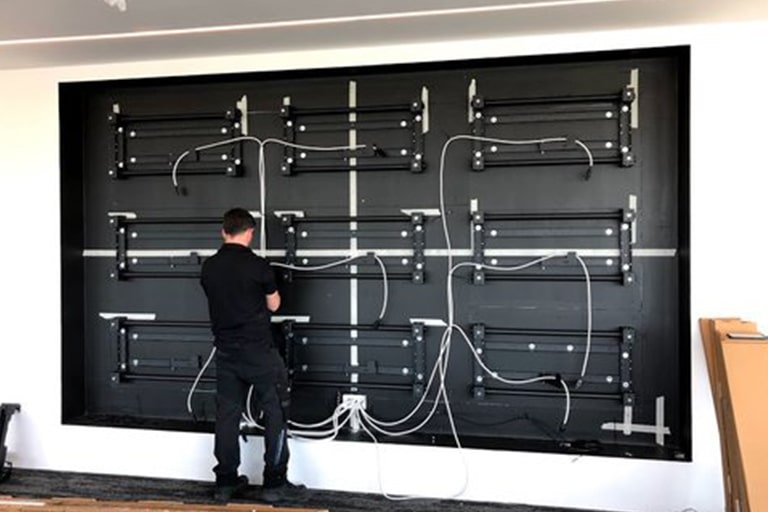Optimal Approaches for Positioning Speakers to Maximize Sound Quality and Audience Engagement in Large Venues
Optimal Approaches for Positioning Speakers to Maximize Sound Quality and Audience Engagement in Large Venues
Blog Article
Arranging loudspeakers in spacious venues is crucial for ensuring superior sound clarity and captivating the spectators efficiently. The arrangement of speakers can significantly influence how sound propagates throughout the area. When planning an occasion, it is important to take into account the venue's dimensions, shape, and sound characteristics. Each of these elements plays a vital role in how audio is distributed and perceived by the spectators. By comprehending these elements, occasion organizers can develop an optimal setup that improves the complete encounter for everyone involved.
One key factor to take into account is the kind of loudspeakers being utilized. Various loudspeakers have distinct features that impact audio clarity. For example, array line loudspeakers are often preferred in large venues because they can project sound over long ranges while preserving fidelity. These loudspeakers are engineered to function in unison, allowing audio to reach every corner of the room evenly. Additionally, subwoofers can be strategically positioned to boost bass output, making the sound encounter more immersive. Choosing the appropriate combination of loudspeakers is essential for achieving the best sound quality.
Another important aspect is the layout of the speakers. The placement should be based on visit their website the audience's configuration and the location's acoustics. For example, speakers should be positioned at an suitable elevation and tilt to ensure that sound waves hit the audience without distortion. It is also important to steer clear of positioning loudspeakers too close to barriers or edges, as this can cause unwanted echoes and diminish audio quality. A well-thought-out setup can assist minimize sound problems and create a more enjoyable listening experience.
In addition to loudspeaker placement, audio testing is a crucial step in the procedure. Before the event starts, conducting sound tests allows organizers to detect any possible issues and make necessary adjustments. This testing should encompass checking for reverberation, modifying volume levels, and confirming that all speakers are operating properly. By taking the effort to check the audio system, event planners can confirm that the audio quality satisfies the audience's expectations and improves their involvement with the event.
Finally, spectator engagement can be further enhanced by considering the overall layout of the location. Factors such as seating, illumination, and stage configuration can all affect how the audience engages with the speakers. For example, a well-lit platform can capture attention to the speaker, while cozy seating can keep the spectators attentive and engaged. By creating an welcoming atmosphere, organizers can encourage a bond between the speakers and the audience, leading to a more memorable and significant occasion. In conclusion, careful preparation and thought of sound clarity and spectator engagement are essential for successful occasions in spacious venues.